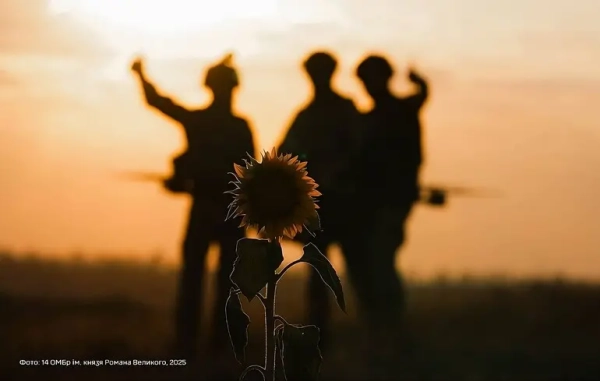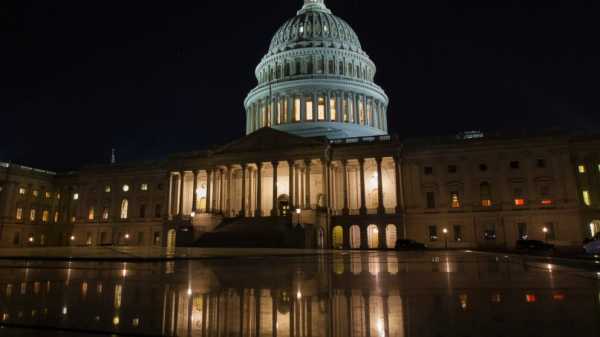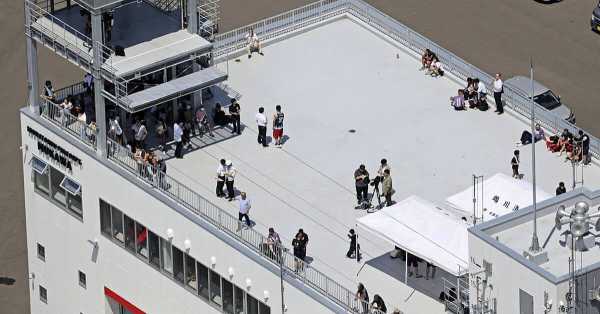
One of the most powerful earthquakes in history has struck a sparsely populated region of Russia's Far East, triggering tsunamis that reached the shores of Japan, Hawaii and the west coast of the United States.
Several people were injured, but no serious injuries were reported. There is no information yet about large-scale damage.
Experts warned of continued risk of aftershocks of up to magnitude 8.8 in the coming hours, advising millions of coastal residents to move to higher ground or away from the coastline.
In some regions, the threat is already decreasing: Hawaii and some Japanese territories have reduced the level of danger. Russian authorities have cancelled the warning for Kamchatka, the closest to the epicenter of the tremors.
However, Chile has declared maximum alert for much of its Pacific coast, evacuating hundreds of people. Colombian authorities have ordered a complete closure of beaches and restrictions on shipping.
In the Galapagos Islands and coastal areas of Ecuador, school classes have been suspended by decision of educational authorities.
Kamchatka residents rushed inland after ports flooded, and foamy waves crashed into northern Japan. In Honolulu, traffic jams stretching for miles formed even in areas far from the ocean.
Despite warnings remaining along the U.S. West Coast, Homeland Security Secretary Kristi Noem said the threat had been reduced.
“Our services were fully mobilized and ready to act, but we are glad that we did not face a catastrophic scenario,” she said in comments to the press.
The National Weather Service has warned of possible extreme currents in San Francisco Bay, while New Zealand is expecting abnormal tidal events.
At the same time, activity was recorded in Kamchatka at the largest volcano in the Northern Hemisphere: an eruption of lava began, accompanied by explosive processes, according to data from the Geophysical Service of the Russian Academy of Sciences.
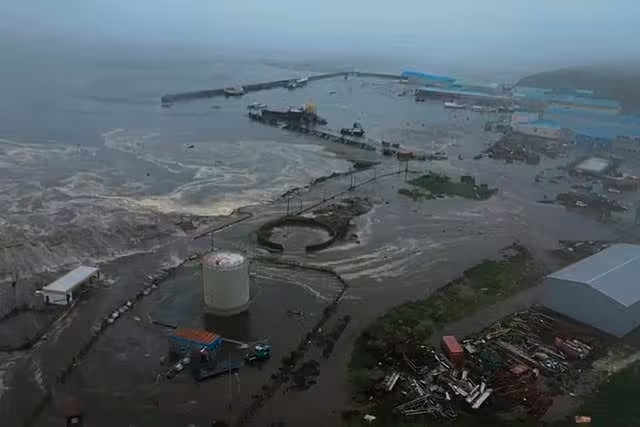
In Japan, residents flocked to evacuation centers, preserving the memory of the 2011 disaster with the meltdown of a nuclear power plant reactor. There have been no accidents at nuclear facilities to date.
Russian authorities have confirmed several cases of non-life-threatening injuries, while at least one person was hurt in Japan.
Experts reported wave heights of 3-4 meters in Kamchatka, 60 cm in Hokkaido, and 0.6-1.5 meters in the San Francisco area.
The warnings apply to California, Oregon, Washington and British Columbia, Canada.
Hawaii remains on high alert, but evacuation orders have been lifted for the largest inhabited islands.
Authorities stress that the warning means there is a risk of destructive currents, sudden waves and flooding of coastal areas.
National Tsunami Warning Center coordinator Dave Snyder said the effects could be felt for more than 24 hours due to the cyclical nature of wave activity.
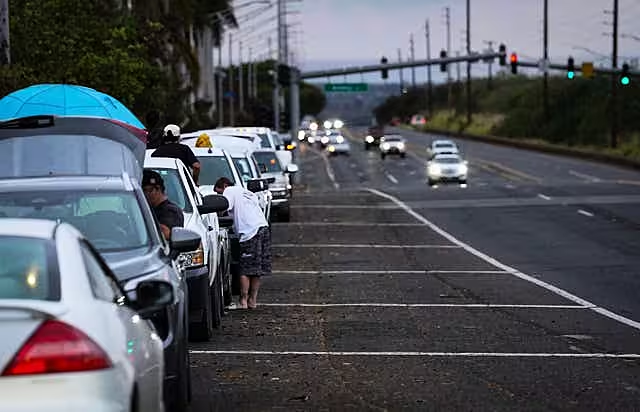
“A tsunami is a sequence of waves, each of which can be larger than the previous one,” the expert explained.
“Moving through the ocean at the speed of a jet airliner, waves lose speed near the shore, accumulating energy to flood coastal areas.”
Hawaii Governor Josh Green announced that special equipment and aviation are being prepared to conduct emergency rescue operations.
In Oregon, residents are advised to avoid coastal areas until the warning is lifted, despite low waves expected.
“Even a weak tsunami creates dangerous water flows that threaten the safety of those near the water,” the regional department noted.
Forecasts include 30-centimeter waves for Vancouver Island and 45-centimeter swells off the Aleutian Islands.
Russian oceanographers have recorded potential wave heights of up to 15 meters in certain areas of the Kamchatka coast.
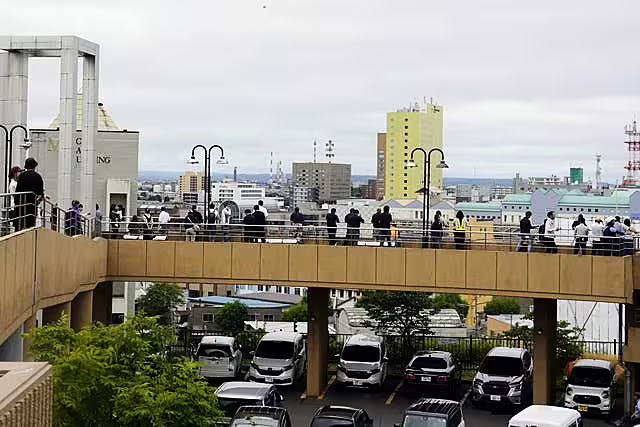
After warnings were lifted on the Kuril Islands, authorities warned of the continuing risk of aftershocks of up to magnitude 7.5 and new waves in Avacha Bay.
Medical services said several people were injured during the evacuation, including a patient who jumped from a hospital window. All the victims were stable.
Footage has appeared online showing medical staff at a Kamchatka oncology clinic continuing an operation during tremors, holding onto equipment.
A state of emergency has been declared in the Kuril Islands after the Severo-Kurilsk port was flooded and power outages occurred. No serious damage to infrastructure has been detected.
According to USGS, the epicenter, with a magnitude of 8.8, was located at a depth of 21 km, 120 km from Petropavlovsk-Kamchatsky. Aftershocks of up to 6.9 points were recorded.
The event was the most significant since the 2011 magnitude 9.0 earthquake in Japan, which caused an accident at the Fukushima Daiichi nuclear power plant.
In Japan, ferry services have been suspended and train and flight schedules have been changed in the disaster area.
Waves were recorded reaching 60 cm in Hokkaido and 20 cm in Tokyo Bay. The threat level was later lowered to an advisory.
Warnings extended to the Philippines, Mexico and Oceania, where authorities urged people to avoid the coastline.
New Zealand has confirmed the impact of waves on the coast, sending out urgent SMS alerts saying the threat will remain until midday.
The distance from the epicenter to the New Zealand coast is about 9,650 km.
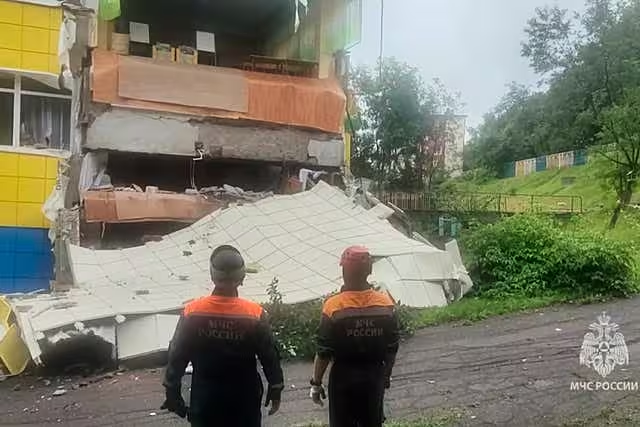
Sourse: breakingnews.ie
